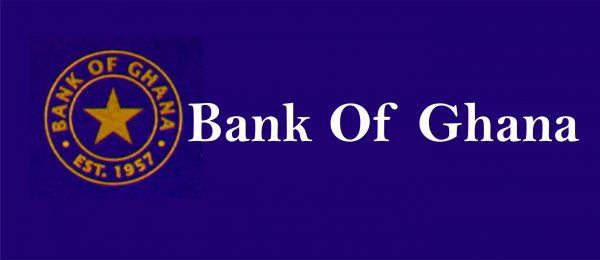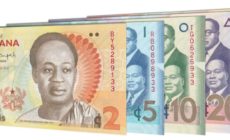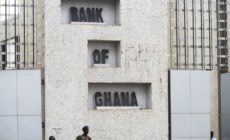This is less than GH¢6 billion borrowed in the first quarter of 2017.
According to the issuance calendar, GH¢3.89 billion will be borrowed in January 2018 while GH¢3.94 billion and GH¢3.30 billion will be borrowed in February and March 2018 respectively.
Out of the amount, GH¢8.961billion is to be used to settle maturing debts while the remaining GH¢2.164 billion is to meet government’s financing requirements for the period.
About GH¢5.13 billion are expected to be raised from 91-day Treasury bills while GH¢1.81 billion and GH¢1.84 billion are to be raised by issuing 182-day Treasury bills and 1-year note.
According to the Bank of Ghana, the calendar is developed based on the 2018 Net Domestic Financing as stipulated in the 2018 Budget and Economic Policy of government, domestic debt maturities and the Medium Term Debt Management Strategy for 2017-2019.
It added that the calendar also takes into consideration Ggovernment’s liability management programme, market developments (both domestic and international) and the debt management objective of lengthening the maturity profile of the public debt.
The 91-day and 182-day Treasury Bills are expected to be issued weekly while the 1-Year Note will be issued bi-weekly through the primary auction, with settlement occurring on first and third Mondays of each month.
However, a portion of the target for January will be issued at market through re-opening of the existing 2-Year Note with coupon rate of 21 percent maturing7th January, 2019, in the third week, settling on January 15, 2018.
However, the 2-Year Note will be issued monthly through the primary auction, with settlement occurring on the second Mondays of each month. The 3 and 5-Year bonds on the other hand will be issued through the book-building method and settlement on the last Monday of each month.
Government in the first quarter of 2017, borrowed GH¢17.40 billion through bonds and other government securities.











 (Selorm) |
(Selorm) |  (Nana Kwesi)
(Nana Kwesi)